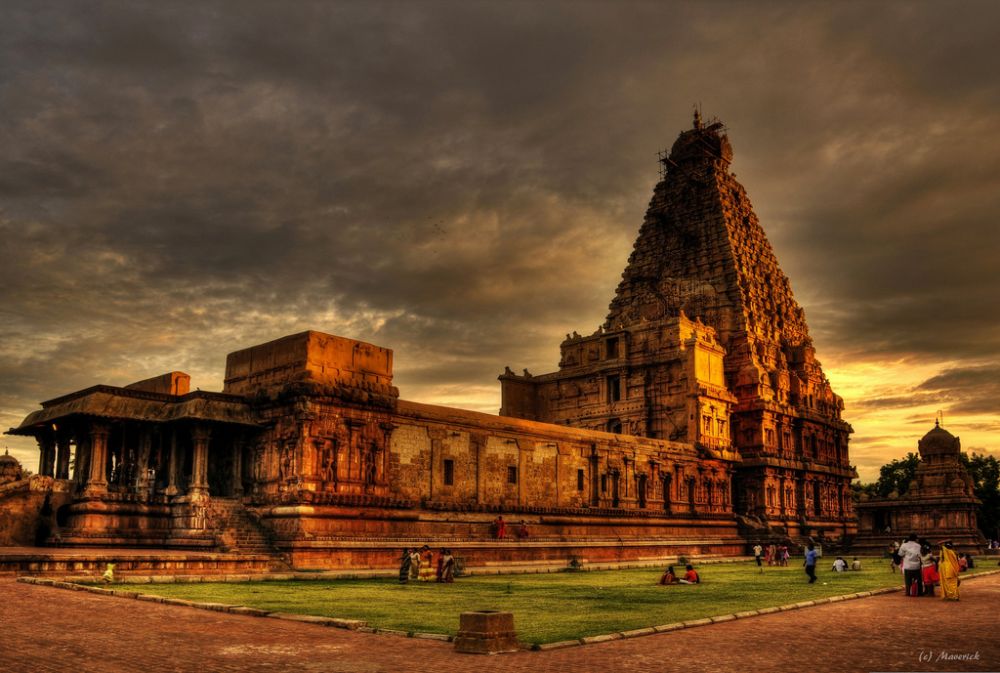

The Brihadeeswara Temple, also known as Peruvudaiyar Kovil, is a celebrated landmark in Thanjavur, Tamil Nadu, India. This temple is not only an epitome of Indian architecture but also an important center for historical tourism in the country. It was built by the great Chola emperor Raja Raja Chola I in 1010 AD and has stood as a testament to the architectural prowess of the Chola dynasty for over a millennium.
The history of tourism at Brihadeeswara Temple can be traced back to the early days of its inception. Since its construction, the temple has been a magnet for devotees, scholars, and connoisseurs of art and architecture. However, it was the British colonial period when the temple started gaining attention as a historical and touristic site. The meticulous documentation by British scholars and the establishment of the Archaeological Survey of India in 1861 led to a systematic study and preservation efforts, making the temple more accessible to visitors.
In 1987, Brihadeeswara Temple's significance was recognized on a global platform when it was designated as a UNESCO World Heritage Site as part of the "Great Living Chola Temples". This recognition spurred international interest, drawing history buffs, architectural enthusiasts, and tourists from all over the world to marvel at its beauty and intricate details.
Throughout the years, efforts to maintain and promote the temple as a tourist destination have been successful. The government of Tamil Nadu recognizes the temple not only as a religious site but also as a historical asset. The annual Thanjavur Festival and classical dance performances in the temple complex have further boosted cultural tourism, thereby increasing the footfall significantly.
In recent years, there has been a noticeable trend toward immersive tourism experiences. Visitors to Brihadeeswara Temple are not only interested in admiring the ancient architecture but also keen on understanding the temple's history, iconography, and the nuances of the Chola era's cultural landscape. Technologies such as augmented reality (AR) tours and virtual reality (VR) experiences are being explored to enhance visitor engagement.
The digital revolution has made a remarkable impact on tourism trends at Brihadeeswara Temple. The temple is now featured in online travel blogs, social media platforms, and virtual tours, making it accessible to a broader audience. Furthermore, online booking systems for guided tours and cultural events have simplified the process for travelers planning to visit.
Sustainable tourism is a key focus in the management of Brihadeeswara Temple. Preservation of the site while accommodating tourists requires a delicate balance to ensure that the integrity of the temple is not compromised. Active efforts are being made to control the environmental impacts of tourism and to educate visitors on the importance of respecting and preserving this remarkable edifice for future generations.
The Brihadeeswara Temple of Thanjavur remains a jewel in the crown of Indian cultural heritage and continues to inspire awe and wonder in all who visit. With its rich history and continuous evolution as a tourist destination, it upholds the legacy of the great Chola Emperors while embracing the ever-changing dynamics of global travel trends.